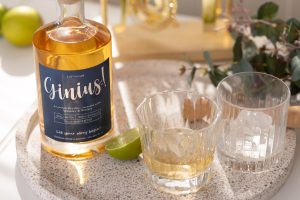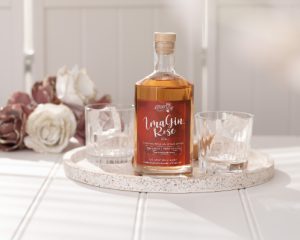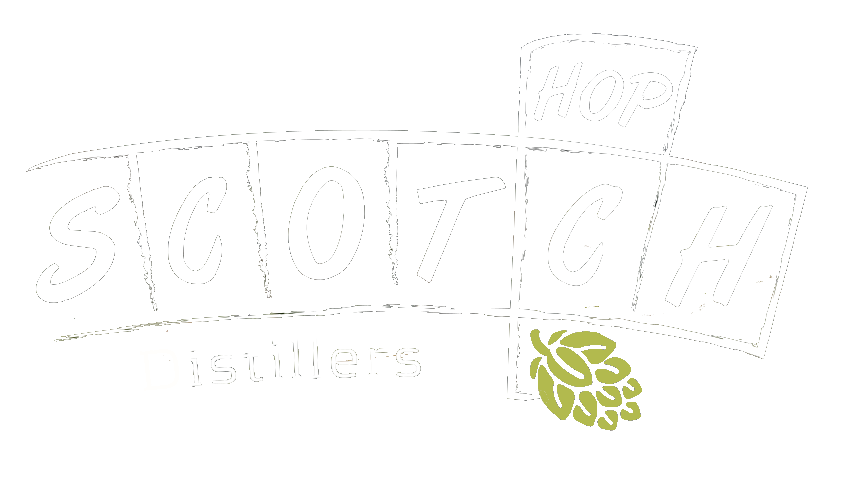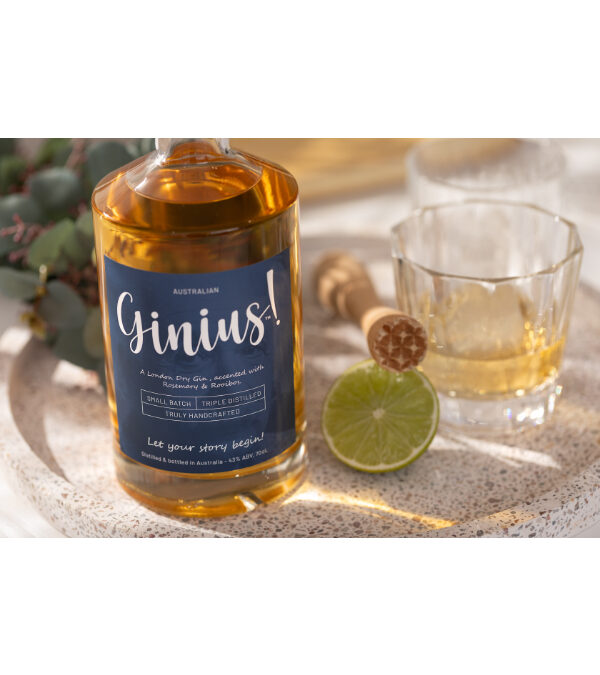Gin varietals and creativity, so where do we start?

There is so much artistic licence when it comes to the distilling, and creation of Gin that it is leaving other spirits in its wake with new varietals daily. In Gin parlance there are traditionally only four styles of Gin; the well known London Dry of the 1700’s, the American Prohibition styled ‘Old Tom’ – a bath tub styled sweeter Gin born of the prohibition era, a lesser known and quite bitter ‘Plymouth’ Gin, and then there comes the modern ‘Compound Gin’s’.
But what IS a compound Gin? Well – in my view its a little bit of a cop-out, as it is rather a catch all name for all subsequent Gin styles born in modern times – based simply on their use of pre or post steeping of added botanicals. And technically that should therefore also include Old Tom! So its pretty much an umbrella name and would include all Floral Gin, Colour changing Gin, and even our new Jekyll & Hyde flavour changing Ginius!…
Personally, I think we should probably try and do better in characterising Gin styles being born today!
But I digress, because what I really wanted to talk about is more the ‘WHY is Gin a more creative spirit than the more traditional Whisky and Rums?’ Well, with Whisky, & Rum – one is quite limited if you are to use their protected names. Whisky must be from a cereal grain, must be aged in a barrell, and for at least 2 years (Australia). Oh, and if you wish to call it a Scotch – well then, it must actually be aged IN Scotland!
With Gin, its different, and it turns out the answer to this question of creativity actually starts with its origins. You see, it was born as a medicinal juniper wine in Holland. True story. And this medicinal base is actually a fantastic base upon which to derive botanical curiosity! You see with Gin – you really are only limited to a single requirement… It must have Juniper in it. How much ? Your call. What else? Your call. Want to Age it in a barrell? Sure why not. Go for your life!
After Holland, it was also made and used by monks and alchemists across Europe, they added their (juniper and) botanical medicines to the distilled spirits to help treat coughs, colds, aches, tears and cramps. Already this added variety to the original Jenever! No – thats not a spelling mistake, – today’s naming of Gin is derived from the Dutch word ‘jenever’, which means juniper. In the 11th century during the Black Death, even Italian monks were adding juniper berries to treat the Black Death Plague around 1346, although there is still some conjecture today as to whether this was actually medically beneficial!
Today, Juniper is still the basis of Gin as we all know it today, after hundreds of years. So with such a great base, it is no wonder that distillers of today, like Hopscotch, are thinking outside the box, to create some innovative and distinct Gin varieties. After juniper, Gin has tended to be flavoured with herbs, floral or fruit flavours, even spices or often a combination thereof!
At Hopscotch, we recognise that Gin is unlike most other spirits, and has blossomed into a botanical playground for distillers. Its this freedom to try new things that drives the flourishing Gin varietals. Our only guiding light as Gin specialists, is that the botanicals we add should have some documented aspect of medicinal benefit. Its a nod to its origin and it is after all why they are called Botanicals and not Ingredients!
 Fun fact, Juniper berries aren’t actually berries at all! They are a modified conifer cone. Also – the Greeks used juniper berries as stimulants for Olympic athletes. So , do you yet begin to see how much depth there is to the history and culture of Gin? We enjoy both the science of the distilling process and the art of the complex blending of a flavour profiles. Understanding that so many herbs and botanicals are both healthy and pair well together, we strive for unique variations and combinations, and to push the creativity boundaries.
Fun fact, Juniper berries aren’t actually berries at all! They are a modified conifer cone. Also – the Greeks used juniper berries as stimulants for Olympic athletes. So , do you yet begin to see how much depth there is to the history and culture of Gin? We enjoy both the science of the distilling process and the art of the complex blending of a flavour profiles. Understanding that so many herbs and botanicals are both healthy and pair well together, we strive for unique variations and combinations, and to push the creativity boundaries.
Perhaps the next time you are in Toowoomba – try our flavour changing whisky alternative – a sipping Gin born of Rosemary and Rooibos – some might say its Ginius! Or perhaps, our ImaGin Rose, the world’s first colour changing Rose Gin! Add your tonic or any acidic mixer of your choice, and it will change colour before your very eyes to a bright pink! True Story! – It delivers a beautiful rose aroma with exquisite petal sweetness, and gentle rose flavour to match. And did I say it turns pink?
So – please come down to the Toowoomba Farmers Markets on a Saturday Morning, and say G’Day to Matt, and ask for a taste test, you will be glad you did!

